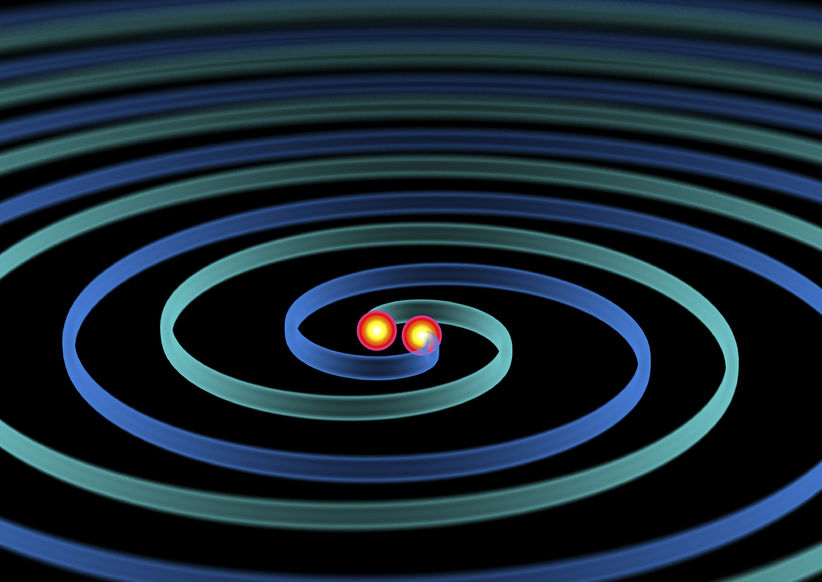Gravitational wave seen by three detectors, all at once, for the first time

INQUIRER.net stock photo
Scientists have successfully detected gravitational waves from space for the fourth time. This time, it’s with the help of a non-specialized observatory.
Gravity waves are so small that it takes a special detector like the twin-assembly of Laser Interferometer Gravitional-Wave Observatory (LIGO) to find one. Experts were surprised when the Advanced Virgo detector managed to also detect gravitational waves from the same pair of merging blackholes that LIGO was looking at on August 14, 2017, according to a paper from the Physical Review Letters journal.
This was the first time that a three-detector setup observed gravitational waves. The two blackholes which generated the wave was calculated to be 1.8 billion light-years away from Earth.
Scientists reported an increase in precision of 20 times when using this three-detector setup. Such an achievement would allow experts to better pinpoint the origin of gravitational waves and therefore pursue further studies into gravity itself.
To put it in simpler terms, the LIGO and Virgo combo is like having multiple GPS satellites in space pinpoint your exact location on Google Maps. More satellites equals a more accurate position on the map.
Einstein proposed the idea of gravitational waves in the 1900s. It was only in 2016 that his theory was proven when scientists in LIGO detected gravitational waves for the first time when two blackholes collided.
He described gravity waves like ripples in a pond, the pond being space-time. Planets, stars and other heavenly bodies have mass that distort space-time. When an event happens like two blackholes colliding, waves travel across space-time. It’s like when a rock is thrown into a still pond and ripples come from where the rock touched the water.
LIGO and Virgo are now currently on break from watching the heavens. The down time will be used to further fine-tune their instruments. Their search for gravitational waves will resume in the fall of 2018. JB
RELATED STORIES:
WATCH: Solar eclipse X-ray photos captured by Hinode satellite
NASA offers $100K to anyone who can design aerosol sensor for astronauts
NASA welcomes returning Space Station crew members with TV special